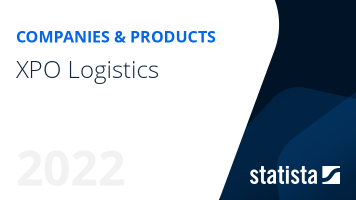Cold chain logistics is the management of the flow of products from origin to destination in a temperature-controlled supply chain involving an uninterrupted series of refrigerated production, distribution, and storage activities. It sub-divides into two major sectors: food and pharmaceutical.
Why is cold chain important?
Cold chain logistics is used in ensuring extended shelf-life preservation of products such as fruits and vegetables, meat and seafood, beverages, dairy products, and frozen foods, as well as chemicals and pharmaceutical drugs. An example of cold chain logistics in the pharmaceutical sector is the movement of the
COVID-19 vaccine from the manufacturer down to the recipient. By 2024, the projected spending for
biopharma cold chain logistics is expected to grow to about 21.3 billion U.S. dollars.
Infrastructures such as pre-cooling systems in factories and farms are made use of in the initial stage of supply procurement. Goods and products are then transported in refrigerated trucks, railway wagons, or air cargo containers. Goods are then moved to cold storage in refrigerated warehouses before reaching the end consumer through factories, ports, terminals, retail, and other markets.
A boost in cold chain capacity
The coronavirus pandemic accelerated the growth in the
capacity of refrigerated warehouses worldwide, reaching 719 million cubic meters in 2020. The United States, India, and China were
the largest markets in that year. The
leading provider in refrigerated warehousing in the world is Michigan-based company, Lineage Logistics. In 2020,
Lineage Logistics generated over 1.4 billion U.S. dollars in net revenue and had a capacity of over 46.5 million cubic meters in
temperature-controlled space in North America alone.
This text provides general information. Statista assumes no
liability for the information given being complete or correct.
Due to varying update cycles, statistics can display more up-to-date
data than referenced in the text.































